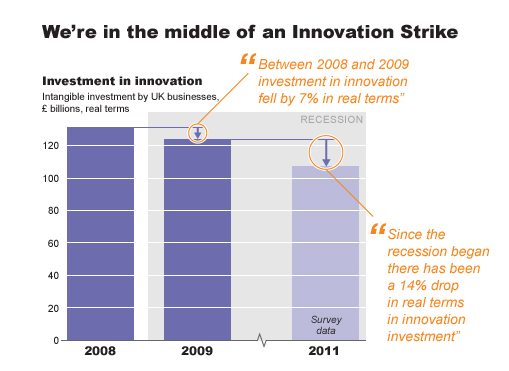There are times when we all have to “up our game”. We are entering one of those periods where we have to relearn how to compete, how to win. The world is in the throes of some dramatic changes and the innovation gloves have to come off. Innovation capacity in many countries needs a new, more robust solution.
I wrote about “The present jobless innovation era we face” raising up the theory that Professor Christensen points towards, that we are working on the wrong types of innovation to create jobs.
We are measuring our businesses in financial metrics that were more designed for periods of scarce money supply and not what most of our companies have today, cash in abundance, sitting on their books and a world ‘awash’ of cheap money. Professor Christensen calls this theory of his “the Capitalists Dilemma.”
Risk-aversion is dominating our Western thinking
The present situation is that we are in a period of risk-aversion where the innovation ‘bets’ are more incremental, more short-term pushing for greater utilization of existing assets that are designated by Professor Christensen as “sustaining or efficiency” innovations. He believes we need more “empowering innovation” – those that create jobs and invest capital across longer-term horizons than today. Continue reading “Innovation Job Chasing – A Race Needed To Win”

